Communicate your data story
Data Analytics Services & Solutions
Transform raw data into actionable insights for improved business outcomes.
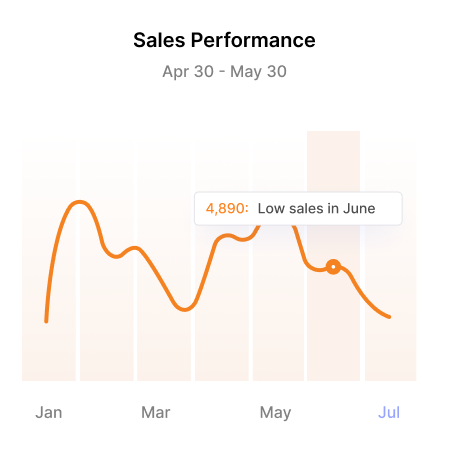



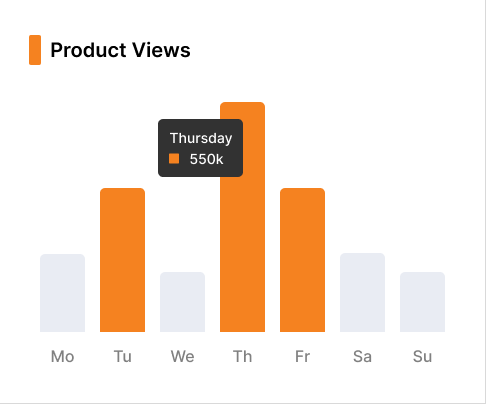

Leveraging Data to Solve Business Challenges
Leveraging data effectively can empower businesses to overcome various challenges, drive innovation, and achieve their strategic objectives more efficiently.
Data analytics solutions for under-resourced teams
Bestarion provides data analytics services tailored for under-resourced teams, ensuring data integrity throughout the process. From cleansing and normalization to validation and integration, our solutions increase task automation, supporting data teams comprehensively.
Siloed and fragmented data sets hindering innovation
Fragmented and siloed data sets often impede innovation. Our business data analytics solutions establish a unified source of truth, empowering companies to embrace more data-centric, service-oriented approaches to data provision throughout the organization. This enables companies to leverage advanced analytics for informed decision-making.
Logical data governance for compliance
Bestarion designs logical data governance processes that facilitate stakeholder access to data while ensuring regulatory compliance. This approach safeguards sensitive data without resorting to silos that stifle insights, promoting a culture of data utilization across the organization.
The Journey to Enterprise Data Analytics
Increased Complexity
Increased Business Value
Assessment and Planning
-
Understand Business Objectives
-
Assess Current State
-
Define Scope
Data Strategy Development
-
Data governance
-
Data Mining
-
Data Integration
-
Data Quality
Infrastructure and Technology Setup
-
Select Analytics Tools
-
Build Infrastructure
-
Implement Data Management Systems
Analytics Development and Visualization
-
Data Modeling
-
Analytical Techniques
-
Visualization and Reporting
Advanced Analytics
-
Predictive Analytics
-
Prescriptive Analytics
-
Machine Learning
-
Deep Learning
-
Text Analytics and NLP
-
Time Series Analysis
-
Spatial Analytics
Integration and Deployment
-
Integrate Analytics into Business Processes
-
User Training and Adoption
-
Monitor and Iterate
Our Services
Our Core Data Analytic Solutions
A data and analytics strategy is foundational for any business transformation. We help you establish strong, responsible practices that set the stage for growth.
01
Data and Analytics Strategy
We’ll well-defined data and analytics strategy aligns with the overall business strategy and guides the organization in effectively managing and leveraging its data assets.
01
Data Mining
We will grab all those records from one or multiple source to a structural database format (ex. Excel, CSV, Text or SQL) depending on your data processing service requirement.
02
Data Warehousing
Data warehouses power reports, dashboards, and analytics tools by storing data efficiently to minimize the input and output (I/O) of data and deliver query results quickly to hundreds and thousands of users concurrently.
03
Data Quality
Ensuring data quality involves various processes and activities, including data validation, data cleansing, data profiling, and data governance. Organizations implement data quality management practices to maintain and improve the quality of their data assets over time.
03
Data Analysis
Data analysis unravels the mysteries of your customer’s mind. It gives you a glimpse into the future, exploring past and present tendencies. No need for witchcraft, just pure math is what’s needed to be successful.
04
Data Visualization
A picture is worth a thousand words. Data Visualization is the key to unlocking the true stories that your data has always wanted to tell. Interact with data effortlessly and flexibly with our data visualization solutions and services.
05
Advanced Analytics and AI
Advanced analytics techniques enable organizations to gain deeper insights, make more accurate predictions, and optimize decision-making processes, ultimately driving better business outcomes and competitive advantage.
06
Data Governance and Security
Implementing policies, procedures, and controls to ensure data privacy, security, compliance, and governance throughout the data lifecycle. This includes measures such as access controls, encryption, data anonymization, and regulatory compliance.
Our Approaches
Our Flexible Data and Analytics Approaches
Bestarion’s Data Analytics help executives make their decision-making capabilities faster and more sophisticated. Businesses can create a competitive advantage by harnessing the power of data and analytics.
Building Data Analytics Solutions for Different Domains
Implementing data analytics solutions represents a transformative opportunity for your company to unlock the full potential of its data assets, drive strategic initiatives, and achieve sustainable growth in today’s data-driven world.
Supply Chain Analytics
Supply chain analytics enables businesses to make data-driven decisions, optimize supply chain processes, and improve overall supply chain performance, leading to cost savings, improved customer service, and competitive advantage.
- Forecast future demand by analyzing historical sales data, market trends, and other relevant factors.
- Monitor and evaluate supplier performance.
- Inventory planning and management.
- Enhances supply chain risk management capabilities by identifying patterns and trends.
- Predictive route optimization
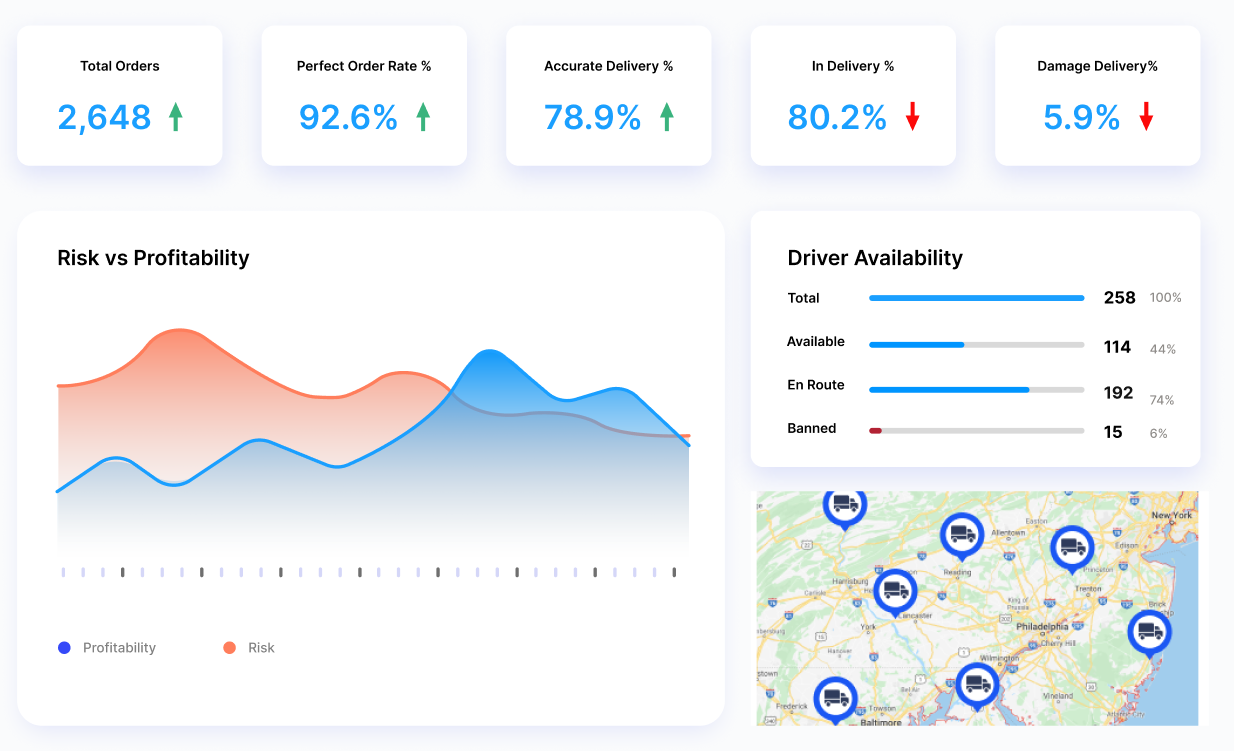
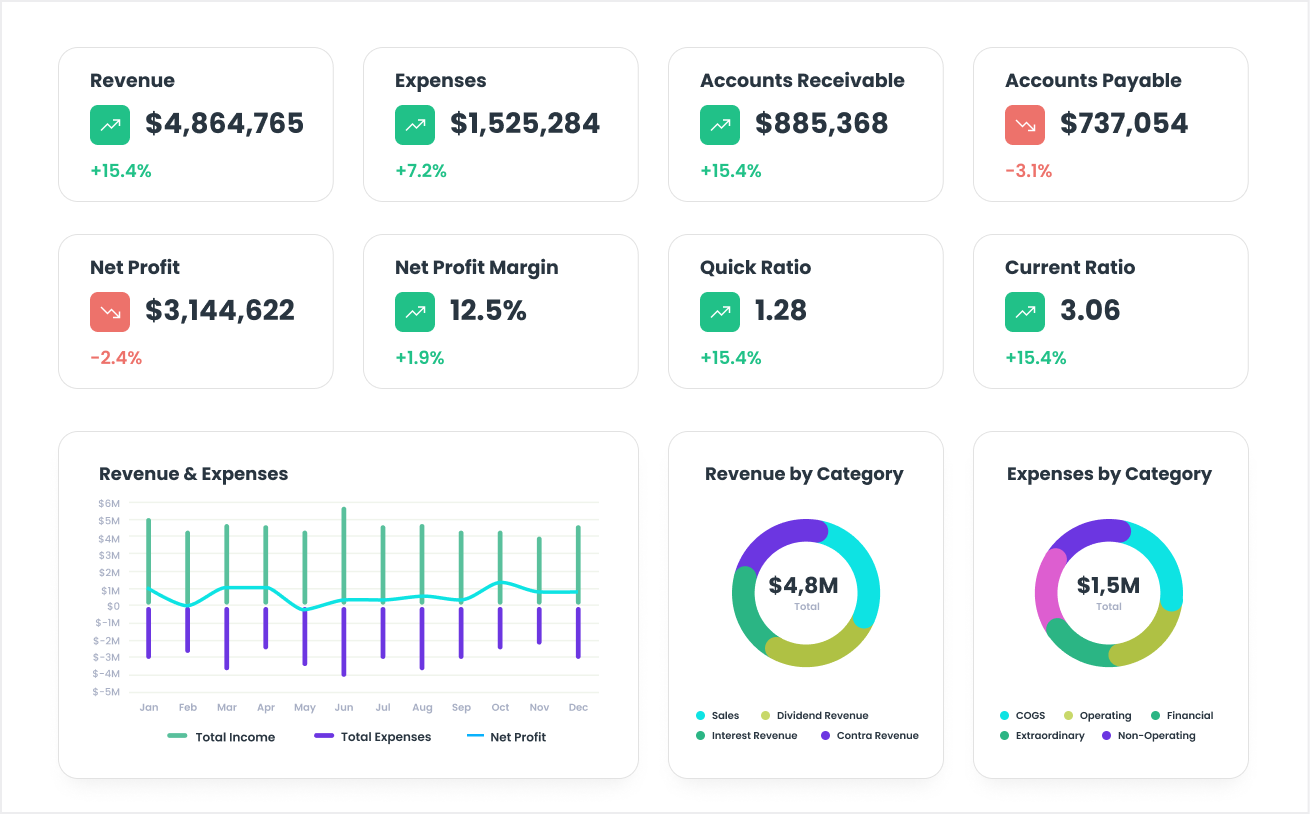
Financial Analytics
Financial analytics is crucial for businesses, investors, financial institutions, and other stakeholders to make well-informed decisions, manage risks effectively, and optimize financial performance.
- Monitoring revenue, expenses and profitability of a company.
- Trend analysis by examining historical financial data.
- Predict future financial outcomes and develop budgets for planning purposes.
- Portfolio analysis by analyzing returns, risks, and correlations among different assets.
- Assessing and managing financial risks.
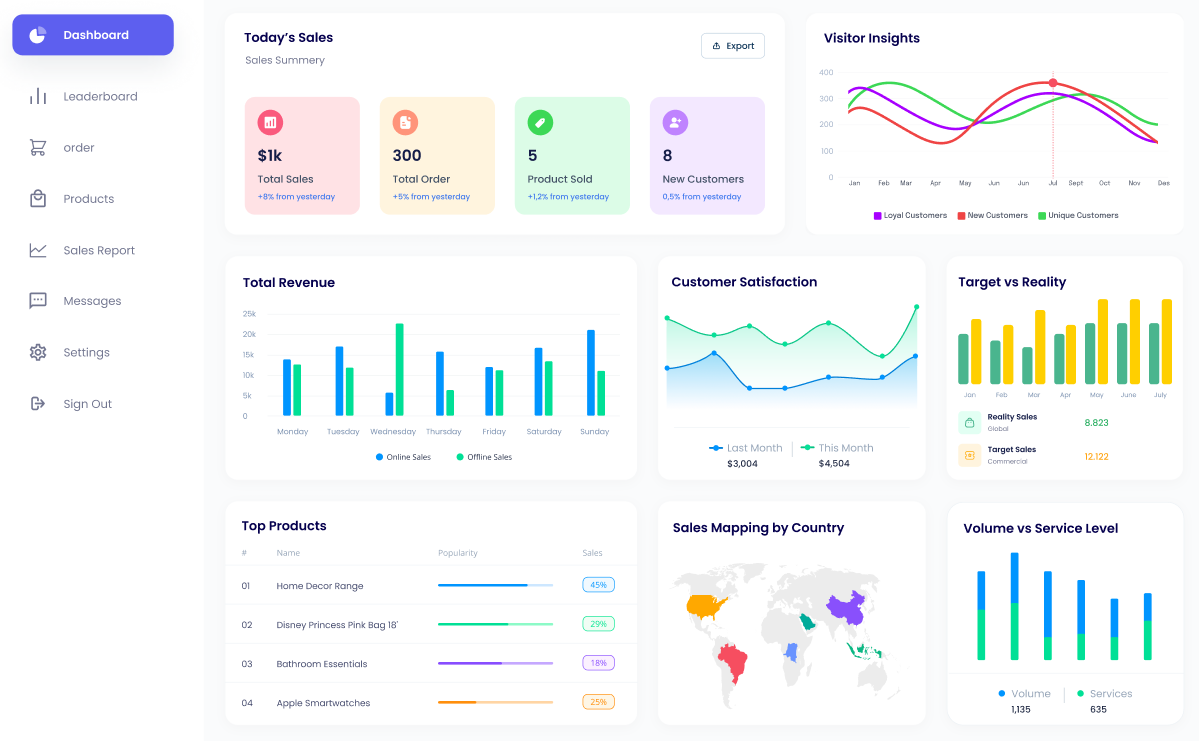
Sales and Product Analytics
Sales and product analytics involve the use of data analysis techniques to gain insights into sales performance, customer behavior, and product effectiveness.
- Channel performance analysis.
- Product performance analysis.
- Analyzing pricing data and customer behavior to the optimal pricing strategy for their products.
- Forecast future demand for products and plan inventory levels accordingly.
- Churn analysis helps businesses take proactive measures to retain customers.
- Conducting competitor benchmarking.
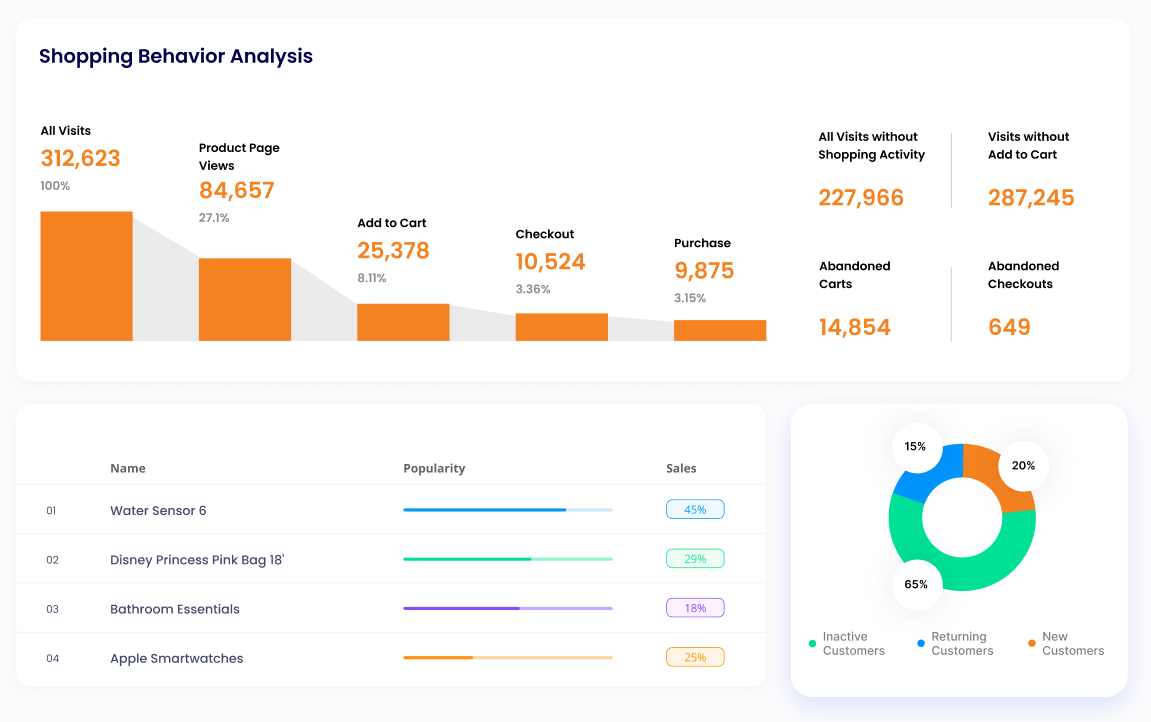
Customer Analytics
Customer analytics involves analyzing data related to customer interactions, behaviors, preferences, and sentiments to gain insights that can be used to improve customer acquisition, retention, and overall satisfaction.
- Customer behaviour analysis and predictive modelling.
- Personalized cross-selling and upselling offers for extended customer lifetime value.
- Customer segmentation for tailored sales and marketing campaigns.
- Predicting customer attrition and customer churn risk management.
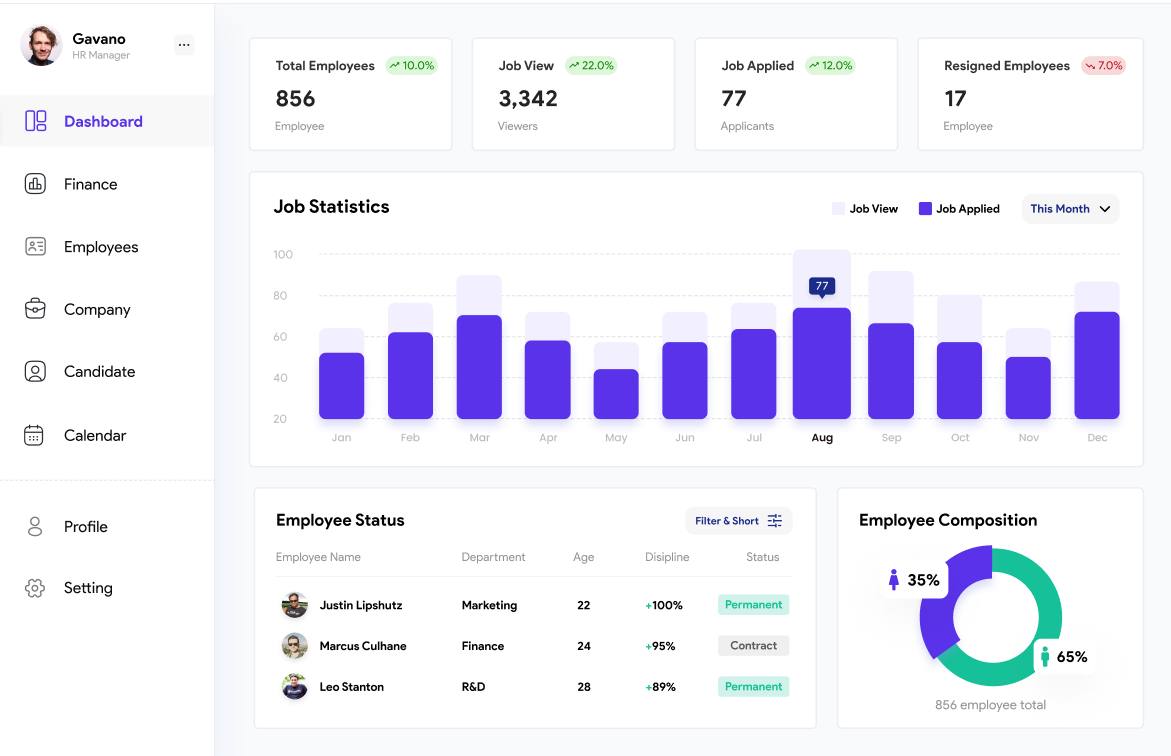
HR Analytics
Financial analytics is crucial for businesses, investors, financial institutions, and other stakeholders to make well-informed decisions, manage risks effectively, and optimize financial performance.
- Employee performance analysis
- Talent acquisition and recruitment analytics
- Employee engagement and satisfaction analysis
- Retention and turnover analysis
- Labor cost analytics
Our Industry Expertise
Healthcare
E-commerce
Supply Chain
Banking
Manufacturing
Education
Key Benefits
Why Choose Bestarion For Data Analytics
Experience real-time analytics, seamless data integration, in-depth customer journey analysis, and powerful marketing tools.
Let’s find your data’s story!
Let us know if you need further assistance about our pricing or application. We will do our best to help.
We're Here to Answer All Your Questions
Everything you need to know about the data analytics. Can’t find the answer you’re looking for? Please chat to our friendly team.
Data analytics is the process of analyzing raw data to extract insights, identify patterns, and make data-driven decisions. It involves various techniques, including descriptive, diagnostic, predictive, and prescriptive analytics, to derive meaningful insights from data.
The data analytics process typically involves:
- Data Collection: Gathering relevant data from various sources.
- Data Cleaning and Preparation: Ensuring data quality and consistency.
- Data Analysis: Applying statistical and analytical techniques to derive insights.
- Interpretation and Visualization: Interpreting results and presenting insights visually.
Data analytics services enable businesses to uncover valuable insights, improve decision-making, enhance customer experiences, optimize processes, mitigate risks, and drive innovation. Ultimately, these services help businesses achieve their strategic objectives and drive competitive advantage.
Emerging trends in data analytics services include the adoption of artificial intelligence (AI) and machine learning (ML) technologies, the rise of real-time analytics, the increasing importance of data privacy and ethics, the growing demand for cloud-based analytics solutions, and the proliferation of data-driven decision-making across industries. Staying abreast of these trends can help businesses leverage the latest advancements in data analytics to drive innovation and stay competitive.
To get started with data analytics, a company can:
- Define clear objectives and goals for their analytics initiatives
- Assess their data needs and capabilities
- Invest in the right tools, technologies, and talent
- Start with small, manageable projects and gradually scale up
- Continuously monitor and evaluate the impact of their analytics efforts
Latest News
Get inspired, learn and transform
Stay informed and inspired: discover the freshest blog articles, latest updates, and breaking news.
How AI Chatbots Are Evolving from Virtual Assistants to Data Analysts – Bestarion’s Insights
AI chatbots are no longer just tools for answering FAQs
Top 10 Business Intelligence (BI) and Analytics Trends for 2025
In a data-driven world, Business Intelligence (BI) and analytics have
Unlock Insights Through AI-driven Analytics
In today’s rapidly evolving technological landscape, the term AI-driven analytics
Start Your Project Today and Watch Business Grow
Get in Touch
Error: Contact form not found.
Our Advantages
21+ years of providing software solutions development services for global businesses.
5+ years of providing accounting outsourcing services for CPA firms in the US.
215+ released projects
180+ in-house specialists
Needs analysis instead of sales talk
Valuable suggestions from experts in the field for your project.
Vietnam
QTSC Building 1, Street 14, Quang Trung Software City, Tan Chanh Hiep Ward, District 12, HCM City, Vietnam



